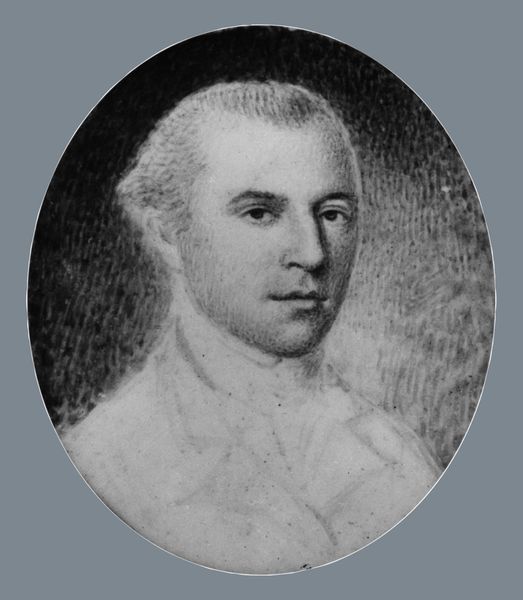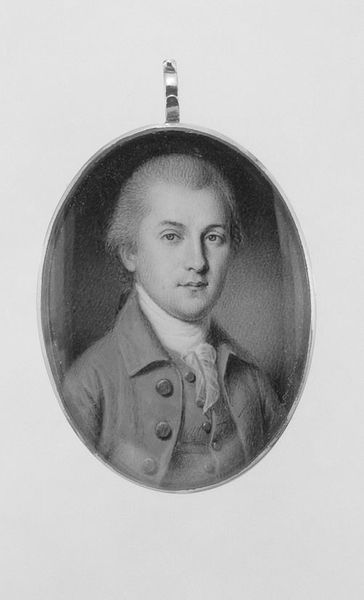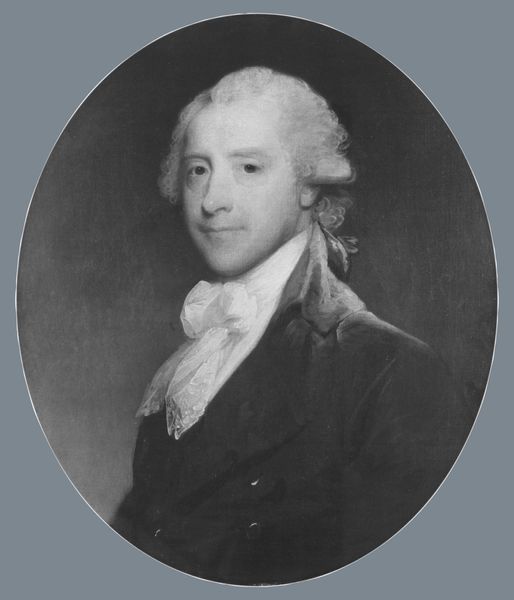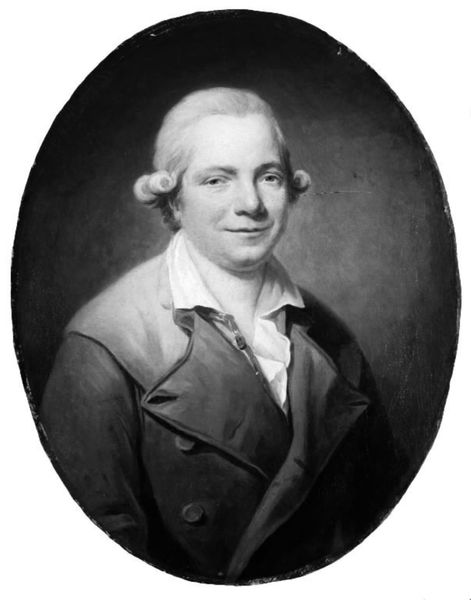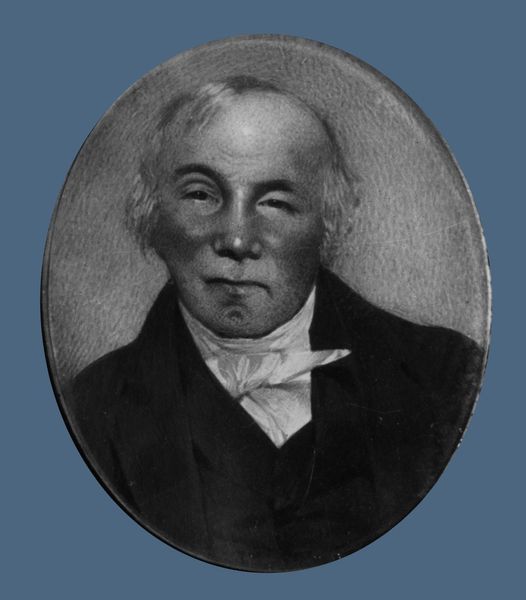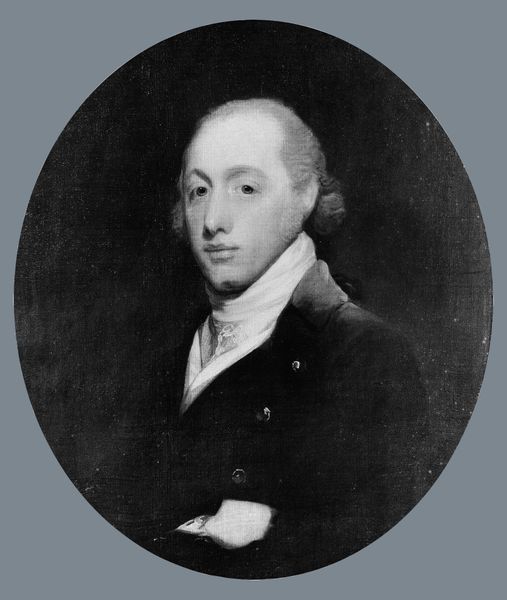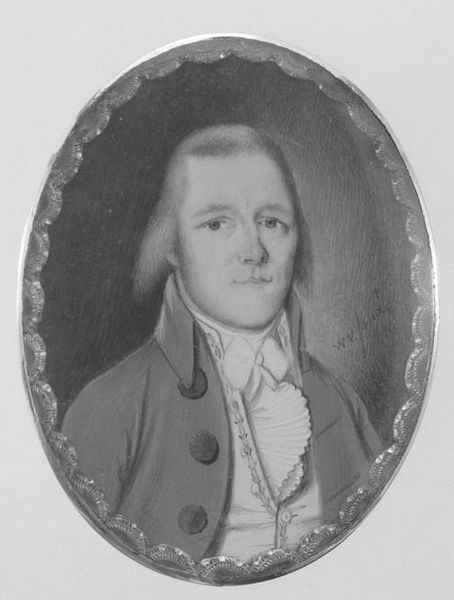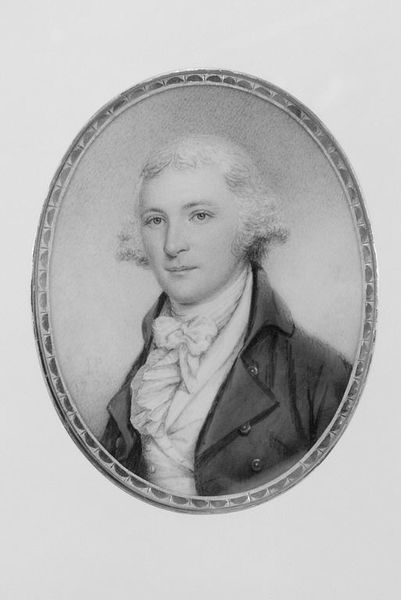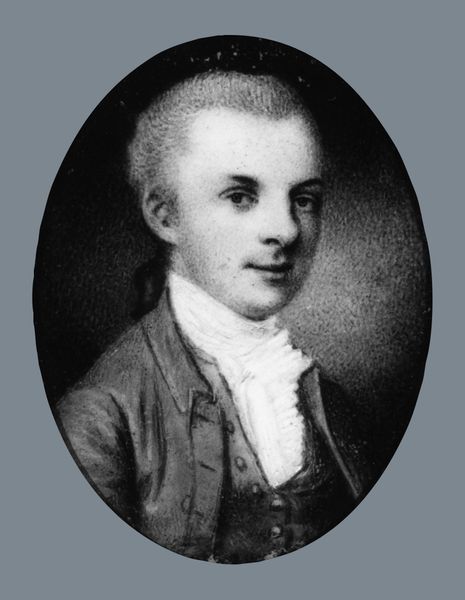
drawing, pencil
#
portrait
#
drawing
#
neoclacissism
#
portrait
#
pencil
#
history-painting
#
portrait art
#
fine art portrait
Dimensions: 1 3/4 x 1 3/8 in. (4.5 x 3.5 cm)
Copyright: Public Domain
Editor: Here we have Charles Willson Peale’s pencil drawing of Nathanael Greene, dating from 1772 to 1775. It’s such a formal and almost stoic image. How do you interpret this work, particularly given the context of its creation? Curator: This portrait, rendered just before the explosion of the American Revolution, offers a lens through which to examine societal expectations and power dynamics. Nathanael Greene, depicted here with a rather controlled demeanor, was on the cusp of significant historical involvement. I'm interested in the visual codes that communicate social status. What do you notice about his clothing, his posture, or the overall composition? How do those elements work to portray him? Editor: He looks every bit the part of an important gentleman, doesn't he? I notice the formality in the lines, and his hair is quite deliberate. Curator: Exactly. The very act of creating and preserving portraits was, at the time, largely a practice exclusive to the elite, reinforcing existing hierarchies. Beyond mere representation, how does this work participate in constructing an identity—both for Greene and for the burgeoning ideals of the American elite? We need to examine the intersection of art and politics. Editor: So you're saying that it's not just about Greene, but about what his image represents? Curator: Precisely. By studying portraiture of this era, we gain insights into the construction of social and political identities. It makes us ask: Whose stories are being told, and whose are being left out? Also, understanding how people of color are represented in art during that period can help unpack race issues then. Editor: I never thought about portraits like that. This really challenges me to look at art beyond just aesthetics! Curator: Agreed, that's where the real conversations begin! There's so much history hidden in these details.
Comments
No comments
Be the first to comment and join the conversation on the ultimate creative platform.
